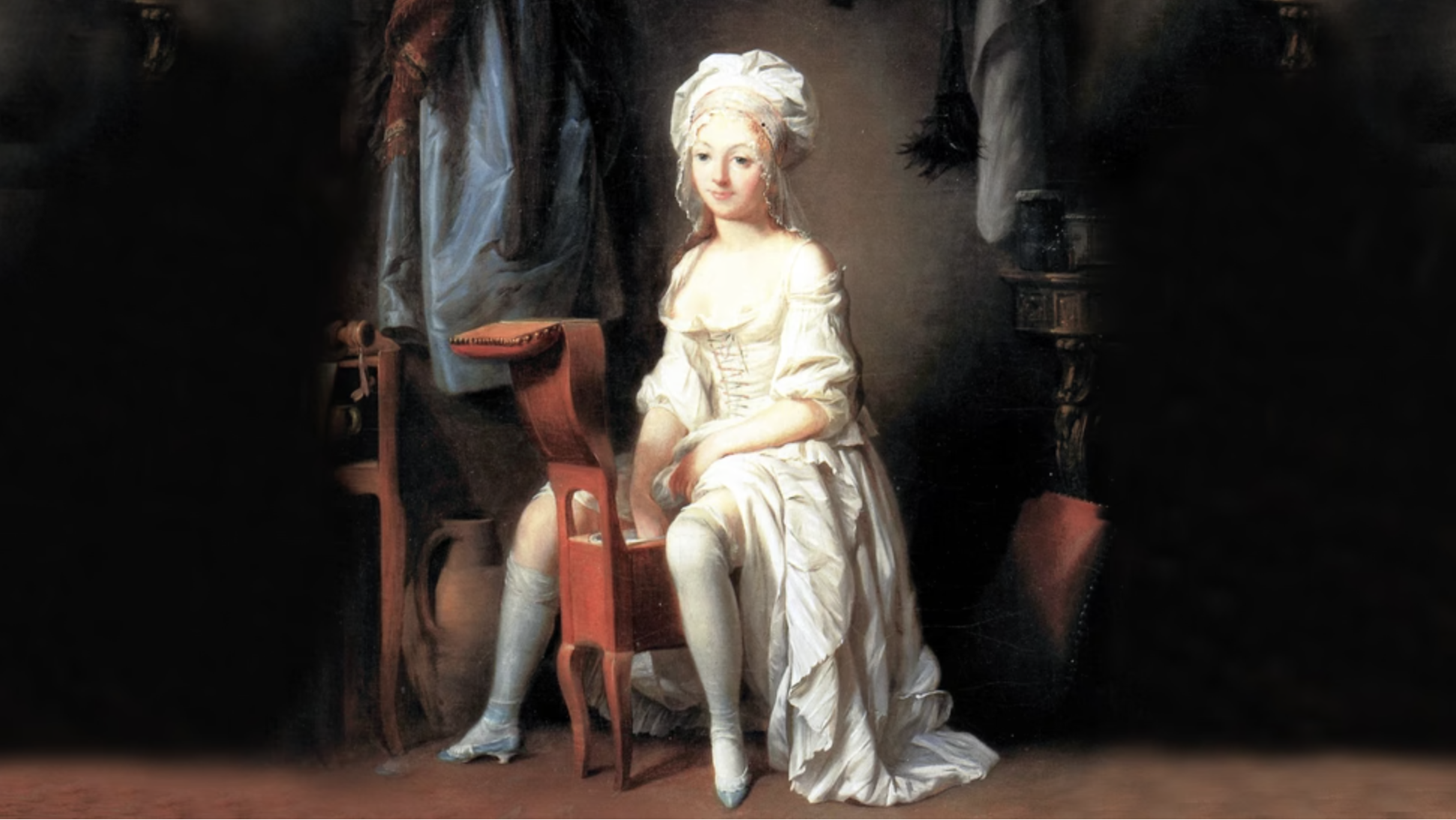Fashion and style can be a great form of self expression and boost confidence, but personal hygene should take a priority in overall well-being. Let's journey back to the 18th century, a time when full bathing occurred only once a week, and a remarkable French invention revolutionized hygiene practices for women.
The first bidet appeared in 1710 at Versailes during the reign of king Louis XIV. The bidet, often dubbed as a grown-up version of the chamber pot or bourdaloue, was initially a portable solution for classy ladies during extended trips. The term "bidet" originates from the French word for "pony" or "small horse," owing to its petite size resembling a porcelain horse-shaped fixture one squats over for use.
The bidet, beyond its utilitarian purpose, has been elevated to an art form, thanks in part to French furniture maker Christopher Des Rosiers, who crafted some of the earliest bidets. Rosier transformed this essential bathroom fixture into an ornate masterpiece, turning the act of using the bathroom into a sophisticated and stylish affair. The experience of cleansing oneself was elevated by Rosiers with designing intricately decorated porcelain bowls. From the on instead of merely washing in a bowl, the French people embraced the notion of "visiting Le Bidet," turning a mundane task into an indulgent ritual. Among the notable users of French bidets was Napoleon himself. Designed exclusively for his use, Napoleon's bidet was crafted from silver, a material deemed essential by the French emperor. Silver's inherent antimicrobial properties ensured the bidet remained hygienic without much effort. Napoleon cherished this fixture so much that he took it with him on all his travels around the world.
In his final years, Napoleon bequeathed his beloved silver bidet to his son, a testament to its significance in his life. This generous gesture was duly recorded in his last will and testament. For many world travelers, particularly American tourists exploring European destinations, the bidet remains a curious and sometimes awkward fixture in foreign bathrooms. Depending on the locale, bidets can range from simple containers of water accompanied by a special pouring cup to more sophisticated models featuring robotic toilet technology with precise aiming and antimicrobial sanitation capabilities.
Regardless of their level of advancement, all bidets serve a singular purpose: cleansing one's posterior after using the toilet. As the world grapples with the spread of the Coronavirus and panic-buying of toilet paper becomes commonplace, countries accustomed to bidets can breathe easy. While toilet paper disappears from store shelves in many nations, bidet-equipped populations can rely on their trusty fixtures to handle the task with ease.














